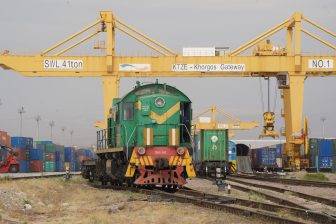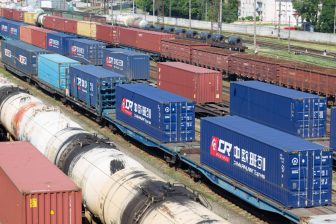
Transit times New Silk Road back to normal, what’s the secret?
Image: Furlog Image: Furlog
If you asked industry experts to define the New Silk Road in 2021, the key word was congestion. Two months into the new year, congestion seems to have decreased, and trains are able to make it from China to Europe with fairly reasonable transit times.
Do you want to read the full article?
Thank you for visiting RailFreight.com. Become a member of RailFreight Premium and get full access to all our premium content.
Are you already a member?
Having problems logging in? Call +31(0)10 280 1000 or send an email to customerdesk@promedia.nl.






Another reason industry players give for the slowdown is the fact that sea shipping prices are returning back to normal. ???
Where can I book rates by sea around 2000 USD ? Let me know please